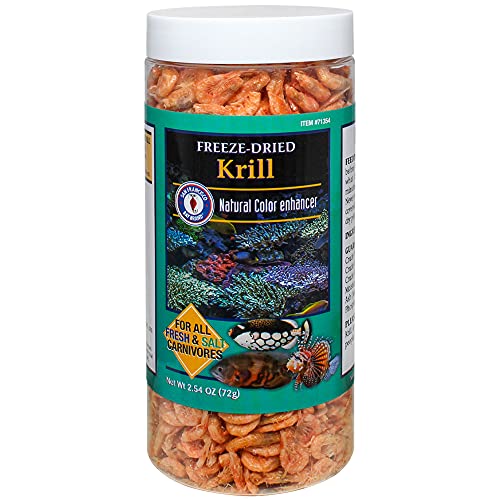csababubbles
Well-known member
- Joined
- Nov 7, 2007
- Messages
- 661
Lee, I read your stickies in regard to what to look for when acquiring a new fish from the LFS. I have a question related to this. I have a deposit on a fish (3.5" arothron puffer) that arrived at the LFS 5 days ago. He is in a 40 breeder along with a few smaller fish and a 12" angel. They run copper in their tanks, SG is 1.017, ph is 8.2, and temp is 82-84. The puffer looks healthy EXCEPT I noticed some ich spots on his fin.
Questions:
I am adjusting my QT to the LFS' SG, ph, and temp. Is it ok that I am not running copper? Or should I use copper so their is less of a shock for him during acclimation and then slowly lower it to nonexistant? How long before I can begin the hyposalinity treatment for his ick after I bring him home? The QT is a 55 gallon. Should I use all new water in it, or mix a certain percentage of my display tank's water with new water?
I am nervous that the big angel might cause him a lot of stress. Do you think I should ask the LFS to take out one of the fish? If they say no will it still be ok? How long should I wait before I take him home? They said they will hold it for a week but I am sure I can ask nicely and extend that. Do I wait till the ick spots are gone? What if they are still there after a week or two and they want me to decide whether I want my deposit back or take the fish?
As for deworming, I can do it at the same time as the hyposalinity right? Even thought I have read everything I could find about deworming I am still confused as how to use prazipro. Instruction say use it as a bath but everything I have read elsewhere says that ingestion is much better then a bath. Could I soak the food in prazipro and feed it like that if he accepts it? Instructions say nothing about soaking the food in it. Do you happen to know the amount to soak and how often to give it to him?
Thank you for any help you can offer me. It will be most appreciated.
Questions:
I am adjusting my QT to the LFS' SG, ph, and temp. Is it ok that I am not running copper? Or should I use copper so their is less of a shock for him during acclimation and then slowly lower it to nonexistant? How long before I can begin the hyposalinity treatment for his ick after I bring him home? The QT is a 55 gallon. Should I use all new water in it, or mix a certain percentage of my display tank's water with new water?
I am nervous that the big angel might cause him a lot of stress. Do you think I should ask the LFS to take out one of the fish? If they say no will it still be ok? How long should I wait before I take him home? They said they will hold it for a week but I am sure I can ask nicely and extend that. Do I wait till the ick spots are gone? What if they are still there after a week or two and they want me to decide whether I want my deposit back or take the fish?
As for deworming, I can do it at the same time as the hyposalinity right? Even thought I have read everything I could find about deworming I am still confused as how to use prazipro. Instruction say use it as a bath but everything I have read elsewhere says that ingestion is much better then a bath. Could I soak the food in prazipro and feed it like that if he accepts it? Instructions say nothing about soaking the food in it. Do you happen to know the amount to soak and how often to give it to him?
Thank you for any help you can offer me. It will be most appreciated.


































